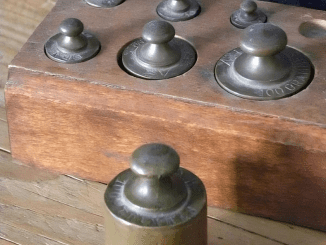The Antique Drill Push: History, Usage, and Legacy
History of the Antique Drill Push
The drill press, a pivotal tool in the history of machining, traces its origins back again to the early 19th century. Originally, craftsmen powered these equipment manually or with foot treadles. By the mid-1800s, the advent of steam engines and later electric powered motors revolutionized drill presses, producing them much more economical and highly effective. As industrialization progressed, drill presses became common in factories, workshops, and even house settings, reworking from simple hand-cranked products to sophisticated devices able of precise, repetitive drilling jobs.
Usage of the Antique Drill Press
Antique drill presses served a variety of purposes, building them indispensable in both of those qualified and amateur settings. They drilled holes in wood, metallic, and other resources with unmatched precision and consistency. Their style ordinarily featured a set drill head mounted on a vertical column, making it possible for for adjustable peak and depth command. This style and design enabled buyers to complete intricate duties, these kinds of as creating uniform holes for home furnishings producing, setting up steel sections for equipment, and crafting specific components for many industries.
In addition to drilling, these machines normally supported attachments and add-ons, extending their performance to jobs like sanding, mortising, and even light-weight milling. This flexibility created antique drill presses a cornerstone in workshops, contributing significantly to the improvement of production and craftsmanship.
Legacy of the Antique Drill Push
The legacy of the antique drill push is apparent in its lasting influence on modern-day machining and software design. These early machines laid the groundwork for the precision and automation witnessed in today’s drill presses. Collectors and lovers even now prize antique drill presses for their historic value and strong design, usually restoring them to operating affliction.
Also, the concepts of procedure and mechanical ingenuity identified in antique drill presses continue to encourage present-day engineers and machinists. The blend of simplicity and operation in these classic tools serves as a testament to the ingenuity of early industrial designers. Their influence on output effectiveness and high quality remains a benchmark in the evolution of machining technologies.
In conclusion, the antique drill push stands as a symbol of industrial development, showcasing the transition from handbook labor to mechanized precision. Its historical past, functional use, and enduring legacy spotlight the important function it performed in shaping modern day manufacturing and toolmaking techniques.


